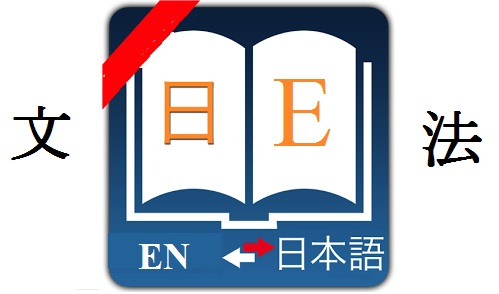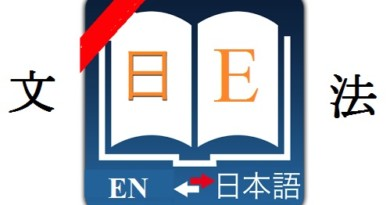Japanese のみ grammar nomi
Let’s learn Japanese のみ grammar nomi :
Formation :
N+のみ
Meaning and how to use :
Expressing the meaning “only in the range that the speaker mentions.”
Examples:
彼が家出をする前に残したものはこの手紙のみです。
kare ga iede wo suru zen ni nokoshi ta mono ha kono tegami nomi desu
What he left before leaving home was just this letter.
あの人は私に「早く出て」という言葉のみを言いました。
ano hito ha watakushi ni hayaku de te toiu kotoba nomi wo ii mashi ta
He just told me one word “Go out”.
一日中あの人は携帯電話のみを使った。
ichi nichi naka ano hito ha keitai denwa nomi wo tsukatu ta
He only used the phone all day.
彼は出かけるとき、水のボトルのみを持っていました。
kare ha dekakeru toki mizu no botoru nomi wo motu te i mashi ta
When he went out, just brought a bottle of water.
平和のみがあったら何でもいいです。
heiwa nomi ga atu tara nan demo ii desu
There is only peace, everything will be OK.
Note: This structure is used in formal way, writing . In speaking, we use「だけ」 or「ばかり」 .
Above is Japanese のみ grammar nomi. If you don’t understand the signs we used in formation, you can find their meaning here : signs used in Japanese grammar structures.
You can search the structure you want by using the search tool on our website (using key : grammar + ‘structure name’ or you can find more Japanese grammar structures in the following category : Japanese grammar dictionary
